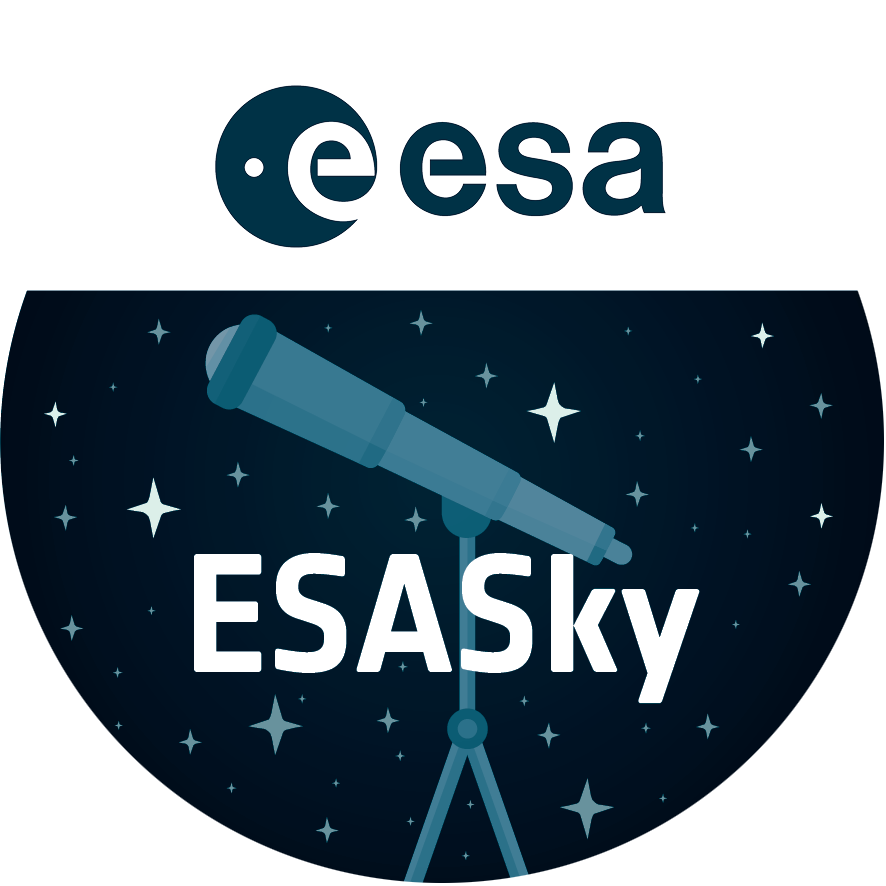Through the elliptical haze
Like a lighthouse in the fog the luminous core of NGC 2768 slowly fades outwards to a dull white haze in this image taken by the NASA/ESA Hubble Space Telescope.
NGC 2768 is an elliptical galaxy in the constellation of Ursa Major (The Great Bear). It is a huge bundle of stars, dominated by a bright central region, where a supermassive black hole feasts on a constant stream of gas and dust being fed to it by its galactic host.
The galaxy is also marked by a prominent plume of dust reaching out from the centre and lying perpendicular to the galaxy’s plane. This dust conceals a symmetrical, s-shaped pair of jets that are being produced by the supermassive black hole as it feeds.
Credit:
ESA/Hubble, NASA and S. Smartt (Queen's University Belfast)
About the Image
| Id: | potw1548a |
|---|---|
| Type: | Observation |
| Release date: | 30 November 2015, 06:00 |
| Size: | 4059 x 3902 px |
About the Object
| Name: | NGC 2768 |
|---|---|
| Type: | Local Universe : Galaxy : Activity : AGN : Seyfert |
| Distance: | 60 million light years |
| Constellation: | Ursa Major |
| Category: | Galaxies |
Image Formats
Classic Wallpapers
Coordinates
| Position (RA): | 9 11 29.22 |
|---|---|
| Position (Dec): | 60° 1' 39.63" |
| Field of view: | 3.38 x 3.25 arcminutes |
| Orientation: | North is 2.7° left of vertical |
Colours & filters
| Band | Wavelength | Telescope |
|---|---|---|
| Optical B | 435 nm |
Hubble Space Telescope
ACS |
| Optical V | 555 nm |
Hubble Space Telescope
ACS |
| Infrared I | 814 nm |
Hubble Space Telescope
ACS |
| Optical H-alpha | 658 nm |
Hubble Space Telescope
ACS |


